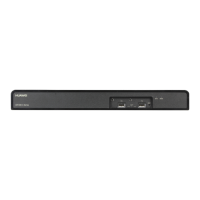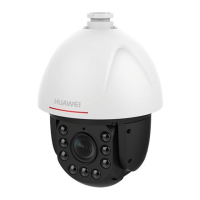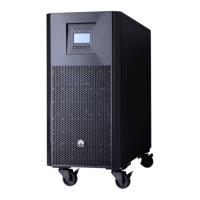1 Feature Introduction
1.1 iStack Overview
Currently, two models of Huawei switches are available on the network: box switches and
chassis switches.
Box switches have low costs but lack uninterrupted service protection, and cannot apply
to the scenarios that require high availability, such as the aggregation layer, core layer,
and data center. On complex networking, box switches have low scalability, requiring
you to maintain many network devices and modify the existing network structure to
support these devices.
Chassis switches are often used in important scenarios (such as the aggregation layer,
core layer, and data center) due to its high availability, high performance, and high port
density. However, chassis switches are more expensive than box switches and use
high-cost ports.
Intelligent Stack (iStack) technology is a stacking technology used on Huawei box switches. It
improves the availability of box switches by using the advantages of Huawei chassis switches.
iStack combines multiple stacking-capable switches into a logical switch. iStack is a
virtualization technology, which virtualizes multiple devices at the same network layer into
one logical device without changing the existing network physical topology. This technology
simplifies network structure, facilitates network protocol deployment, and improves network
reliability and manageability.
Figure 1-1 shows iStack networking. The logical device virtualized from multiple physical
devices has low costs of box switches and high scalability and reliability of chassis switches.
Figure 1-1 iStack networking
